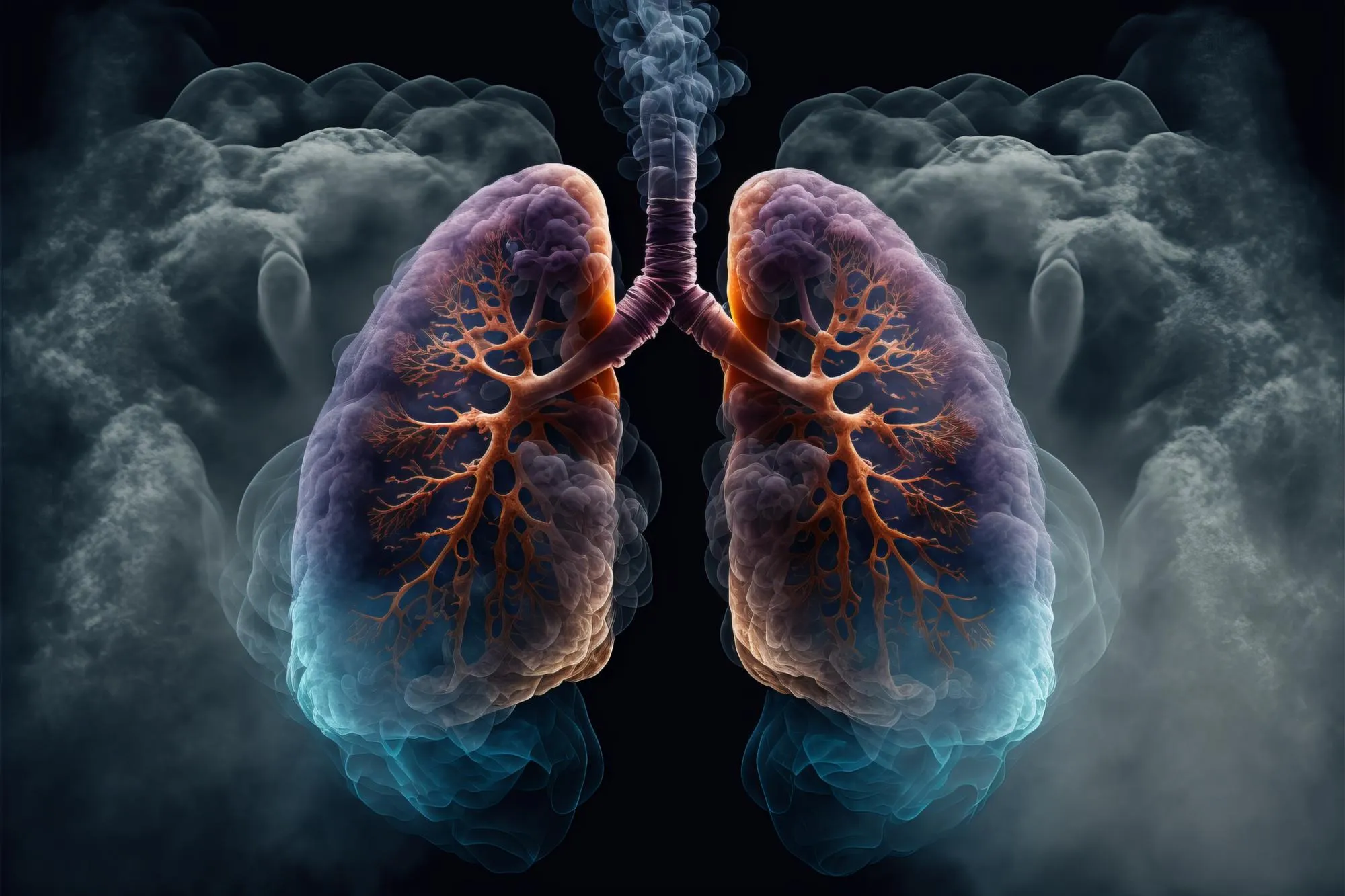Introduction
Tuberculosis (TB), a potentially serious infectious disease, poses a significant public health challenge worldwide, especially in resource-limited settings. Accurate and timely diagnosis is crucial for effective TB control and treatment. In many countries like Guatemala, TB diagnosis primarily depends on smear microscopy, which, despite its simplicity and affordability, has limited sensitivity. The introduction of more sensitive diagnostic methods, such as the Xpert MTB/RIF assay, could potentially improve TB case detection and treatment outcomes. In this comprehensive article, we will explore a study that assessed the impact of Xpert MTB/RIF testing on the identification of smear-negative TB in Guatemala.
Background
Before the intervention studied, Guatemala’s National Tuberculosis Programmes (NTP) relied on smear microscopy to diagnose pulmonary TB – the most common form of the disease. While smear microscopy is a cornerstone in TB diagnosis, it can miss numerous cases due to its lower sensitivity. Consequently, identifying TB cases that are smear-negative but carry the disease is a priority for improving TB control efforts.
The Study
A study titled “Will more sensitive diagnostics identify tuberculosis missed by clinicians? Evaluating Xpert MTB/RIF testing in Guatemala,” published in “Gaceta Sanitaria,” aimed to assess the impact of introducing Xpert MTB/RIF as a follow-on test for individuals with smear-negative results. The Genexpert systems used for the Xpert test were installed across six departments in Guatemala, intending to detect additional TB cases that would otherwise remain unidentified.
Methodology
The study employed an intervention where the Xpert MTB/RIF assay was used as a follow-on test after initial smear microscopy. This intervention targeted over 18,000 individuals with smear-negative results who were eligible for Xpert testing. Out of these, 7,193 individuals were tested using the Xpert method. The researchers analyzed TB notifications to the NTP and laboratory data from the project to assess intervention coverage and the yield of the case detection.
Results
The study uncovered remarkable findings. Positivity rates of 2.8% were observed among those tested with Xpert, translating to 199 additional smear-negative TB cases detected. Smear-positive notifications remained relatively stable before and during the intervention. However, the number of smear-negative notifications increased significantly, indicating a substantial addition to the previously recognized cases. Overall, combined pulmonary TB notifications post-intervention were 19% higher than the predicted trend after accounting for secular notification trends.
Implications
The findings indicate that introducing more sensitive diagnostics, such as the Xpert MTB/RIF test, leads to a significant increase in TB notifications. In other words, a considerable number of individuals with TB were potentially seeking health care and getting tested but not receiving a diagnosis or treatment due to the lack of bacteriological confirmation. The research suggests that broader implementation of sensitive diagnostics and improvements in clinical diagnosis could greatly enhance TB case recognition in Guatemala and similar contexts.
Copyright Notice
The insights provided by this research have been published with permissions by Elsevier España, S.L.U.; all rights are reserved. The contributions from authors affiliated with various health and research organizations, including the Stop TB Partnership and The Task Force for Global Health, demonstrate an international collaborative effort to tackle the global threat of tuberculosis.
Keywords
1. Tuberculosis in Guatemala
2. Xpert MTB/RIF assay
3. TB diagnostics
4. Smear-negative tuberculosis
5. Pulmonary tuberculosis detection
References
Creswell, J. J., Codlin, A. J., Oliva Flores, S., Samayoa, M., Ramis, O., & Guardado, M. E. (2021). Will more sensitive diagnostics identify tuberculosis missed by clinicians? Evaluating Xpert MTB/RIF testing in Guatemala. Gaceta Sanitaria, 34(2), 127–132. https://doi.org/10.1016/j.gaceta.2019.02.010
World Health Organization. (2019). Global tuberculosis report 2019. Geneva: World Health Organization. License: CC BY-NC-SA 3.0 IGO.
Furin, J., Cox, H., & Pai, M. (2019). Tuberculosis. The Lancet, 393(10181), 1642–1656. https://doi.org/10.1016/S0140-6736(19)30308-3
Steingart, K. R., Schiller, I., Horne, D. J., Pai, M., Boehme, C. C., & Dendukuri, N. (2014). Xpert MTB/RIF assay for pulmonary tuberculosis and rifampicin resistance in adults. Cochrane Database of Systematic Reviews, 1. https://doi.org/10.1002/14651858.CD009593.pub3
Cazabon, D., Alsdurf, H., Satyanarayana, S., Nathavitharana, R., Subbaraman, R., Daftary, A., & Pai, M. (2017). Quality of tuberculosis care in high burden countries: The urgent need to address gaps in the care cascade. International Journal of Infectious Diseases, 56, 111–116. https://doi.org/10.1016/j.ijid.2016.10.016
